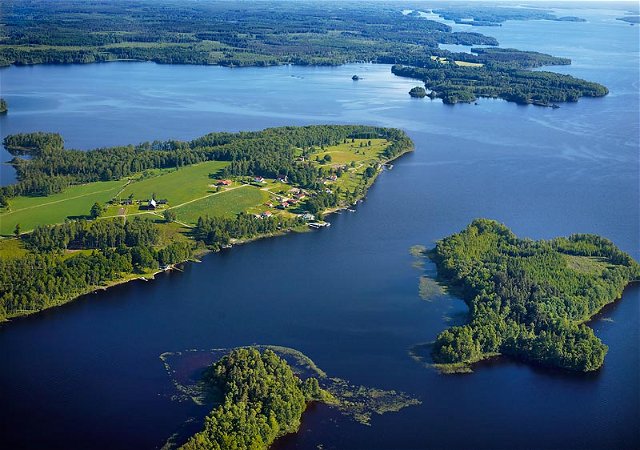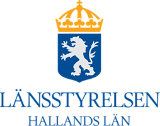
48 timmar guide för dig som vill uppleva naturen
För den här 48 timmars resan behöver du riktigt bekväma skor, och kanske en kikare,…
Nature reserve
Mårås Nature Reserve consists of ancient, untouched beech forest. Here, the oldest beech in the Nordic countries once grew, reaching an impressive 400 years of age. Walk the 2.3-kilometer trail and enjoy the tranquility under the dense canopy of the forest. Alternatively, head to the southern part of the reserve, where you can take a swim in Jansberg Lake. If you have a fishing permit, there's a chance to catch a pike or zander, both of which are said to be abundant in the lake.
400 years ago, a beech sapling began to sprout in the forest that we now know as Mårås Nature Reserve. For many hundreds of years, this tree withstood both weather and wind. It wasn’t until the early 2000s that it finally gave up and died. At that time, it was considered the oldest dated beech in the entire Nordic region. The remains of the tree are still visible at one of the stops along the nature trail that goes through the reserve.
Here, and in the west-facing slopes, grows over 100-year-old beech forest. In spring, you can see anemones and squirrel berries blooming on the hills, but otherwise, few species can survive in the darkness under the dense canopy of the beech trees.
The oldest forest is at the top
In the eastern part of the reserve, a hilltop rises above the surroundings. Compared to the neighboring Jansberg Lake, the height difference here is 40 meters. The forest has a wild character with trees of all ages, ranging from young saplings to ancient beeches over 300 years old. Here and there, broken trees rise from the ground like chimneys. Fallen trees have been left in place. Some seem to have recently died, while others are so decayed that the wood crumbles when squeezed.
Beetles love dead wood
The dead wood is valuable for many insects. This was demonstrated in an inventory conducted in the early 2000s, where nearly 100 species of wood-dwelling beetles were found in the area. Among the lichens and mosses, rare species such as lung lichen, elm lichen, and beech feather moss can be found. On the logs, the beautiful coral tooth fungus grows. Anemone hepatica and toothwort are other examples of less common plants in the reserve. With a bit of luck, you may also spot the rare species of the lesser spotted woodpecker.
Peninsula with a chance to swim
In the southern part of the reserve, there is a peninsula that extends into Jansberg Lake. The peninsula is mainly covered with beech, oak, and birch, where particularly the beech and oak trees are older and more robust. A walking path leads out to the peninsula. Here, you can take a swim in the relatively clear water or spread out a blanket and enjoy the beautiful view. If you have a fishing permit, you can also fish in the lake. Fishing permits can be purchased at the tourist office in Hyltebruk.
It is allowed to camp for a night or two in the reserve according to the right of public access.
- Dominant habitat type: Broadleaved forest
- Municipality: Hylte - Area: 45.5 hectares
- Protected since: 1978
- Owner: Swedish Environmental Protection Agency and private
- Manager: County Administrative Board
- Other: The area is part of Natura 2000
Find your way here by pressing the directions button above.
To protect the nature reserve, the County Administrative Board has decided on specific regulations that you, as a visitor, must follow and respect.
In addition to what is required by other legislation, the following are prohibited:
Kontakta reservatsförvaltningen för frågor, synpunkter och felanmälan.
Länsstyrelsen i Hallands län

Ask a question to other Naturkartan users.